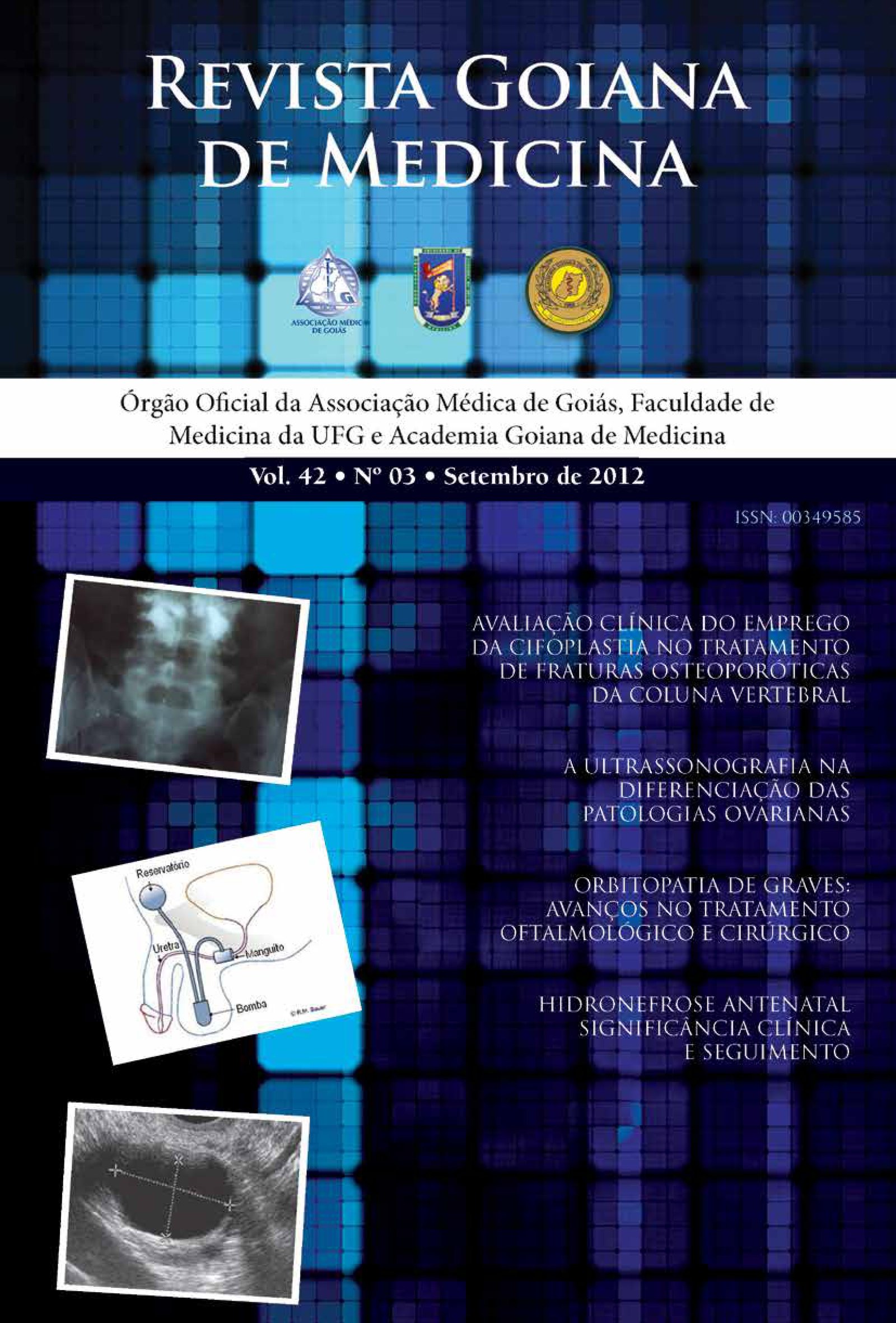Ultrasonography in the differentiation of ovarian pathologies
Keywords:
Ovarian-diseases, ultrasonography, GI-RADS, diagnosisAbstract
OBJECTIVE: To evaluate the importance of ultrasound in the diagnosis and differentiation of ovarian pathologies.
METHODS: We searched the major available databases (PubMed/MEDLINE/BVS), selecting the publications of the last eight years, through the following keywords: ultrasonography, differential diagnosis, ovarian masses or ovarian pathology, diagnosis.
RESULTS: The sonographic characteristics of ovarian and adnexal masses can be stratified by size and morphology. It is possible to determine the volume of the lesion, whether it is unilateral or bilateral, if there is ascites, the type of the mass, number of loculus, if there is pain on examination, the echogenicity of cyst fluid, if there are papillary projections present and check the number of them, irregularities and height(mm) thereof. In case of solid masses, the greatest diameter of its component (mm) and its volume (mL), the volume between the greatest solid component/lesion volume, if there are incomplete septa, irregular walls and shadows. And with the implementation of the GI-RADS is it possible that several experts in various fields can work out together and provide the best practice for the patient.
CONCLUSION: There is no doubt on the role of ultrasonography in the diagnosis of ovarian pathologies. However, as several authors pointed out, be warned that, as great as it may be the experience of who does the ultrasound examination, no matter how proper is the technology used, the diagnostic certainty for signs of malignancy in the masses is the sole responsibility of the pathologist. The introduction of the GI-RADS lexicon may help physicians to express their opinion more evenly in relation to adnexal masses suspicious of malignancy.

